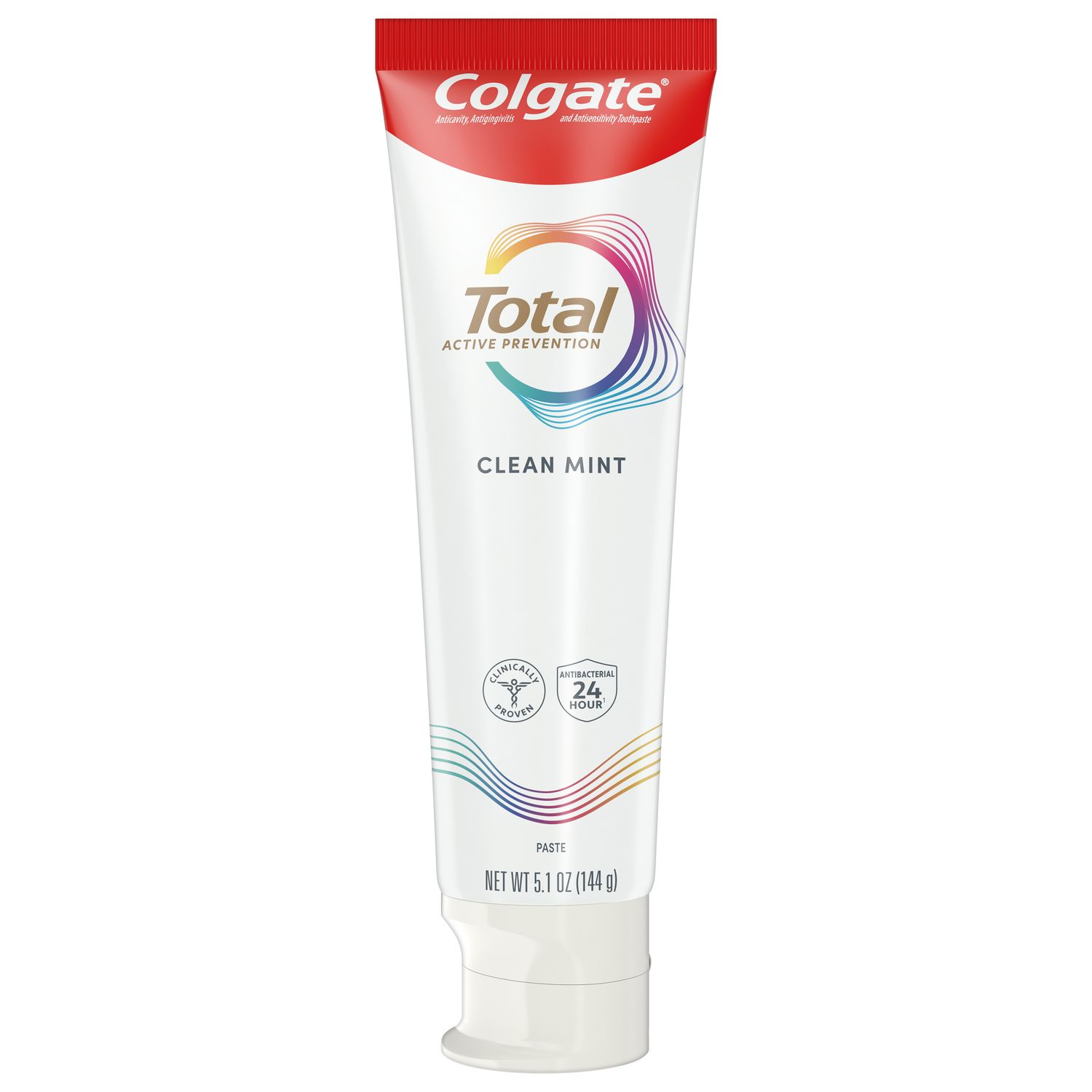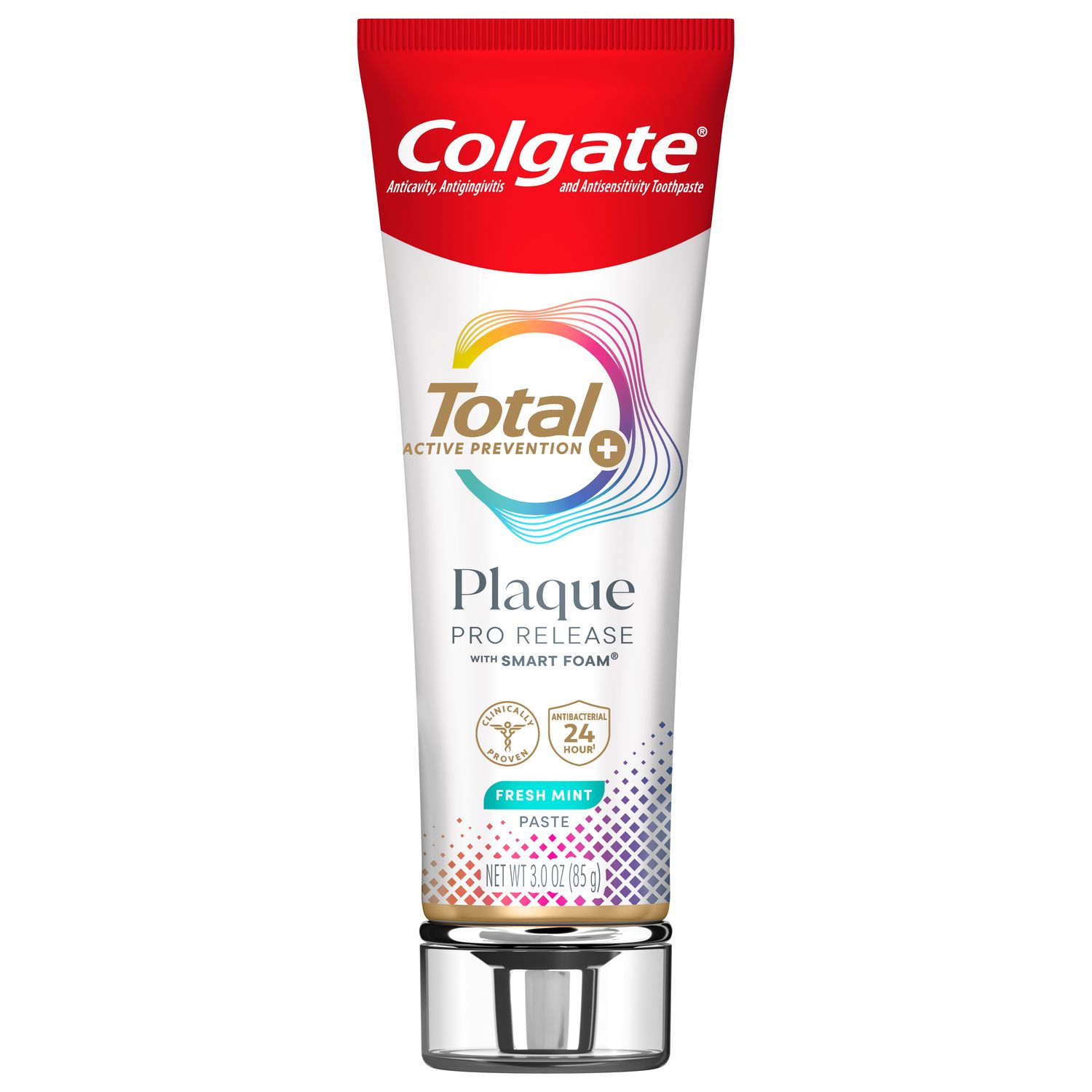
Physicians complete head and neck exams during routine physicals, but dentists may be better positioned for the early detection of suspicious and possibly cancerous areas in the mouth, oropharynx and peri-oral area. A five-minute oral cancer screening during a dental appointment may help identify a malignant lesion before it has a chance to spread, or a premalignant lesion before it can transform into a malignant one.
Screening for Oral Cancer at Dental Appointments
Dentists have an advantage when it comes to oral cancer screenings. We have ample lighting, accessible medical histories and a bird's-eye view of a supine patient's mouth. You may already be vigilant in checking for cancer in patients with increased risks like a history of tobacco or alcohol use. However, we cannot always rely on our patients' honest assessment of their own risks. Patients may not know they are at risk, and low-risk patients and patients without recognized risk factors can also develop cancer. This means we have to screen all patients with equal rigor.
The recent surge in cancer related to the human papillomavirus (HPV) serves as a great example of why we need to screen every patient. HPV-related oral and oropharyngeal cancers were relatively uncommon two decades ago, and there was minimal awareness of this risk factor for head and neck cancer. Now, according to the American Cancer Society, HPV DNA is found in two out of three cases of oropharyngeal cancers and the number of cases has increased over the last few decades. Patients may feel uncomfortable answering sexual health questions on forms in a dental office. We must screen and identify suspicious areas and abnormalities in all patients, regardless of a patient's history.
Recognizing a Precancerous Lesion
But what do oral abnormalities look like? The early signs of cancer can range from sudden asymmetry to a self-reported sore area or lesion, or a persistent sore throat. An unexplained lump or swollen lymph node on one side of the neck or submandibular area should make a dental professional suspicious as well. A node that is hard and fixed to the tissue (non-mobile) is an indication to refer a patient to an otolaryngologist (ENT) or physician for an exam and possible biopsy.
Check your patients' salivary glands for inflammation or an increase in size. Examine the tongue on the top, both sides, underneath and at the back of the mouth to look for irritations, indentations, growths or red and white lesions. All other oral soft tissues should also be examined. Redness or swelling that does not go away within two weeks should be checked by an oral surgeon or ENT.
The tonsillar area and posterior area of the throat need to be viewed as well by having the patient say "ah." Again, any asymmetry or irritation in any part of the mouth that does not disappear within two weeks, or other suspicious lesion, should be examined by a specialist.
How to Talk With Patients About Their Cancer Risk
An oral cancer screening takes minutes, and we know that the earlier we detect a problem and get a confirmed diagnosis, the faster treatment can begin. Early intervention may also lead to less invasive cancer treatment. Therefore, it's important to talk about why we perform oral cancer screenings. If you do discover a problem area, be candid with your patient. However, keep the tone of the conversation calm and optimistic. There is a fine line between making sure a patient follows up with care and scaring them unnecessarily. With suspicious areas, make a strong recommendation for a biopsy and encourage the patient to have the lesion examined for their peace of mind.
Dental professionals are experts on the anatomy of the mouth, head and neck. By looking beyond the teeth and widening our view, we can make a difference in a patient's life.
Join us
Get resources, products and helpful information to give your patients a healthier future.
Join us
Get resources, products and helpful information to give your patients a healthier future.













